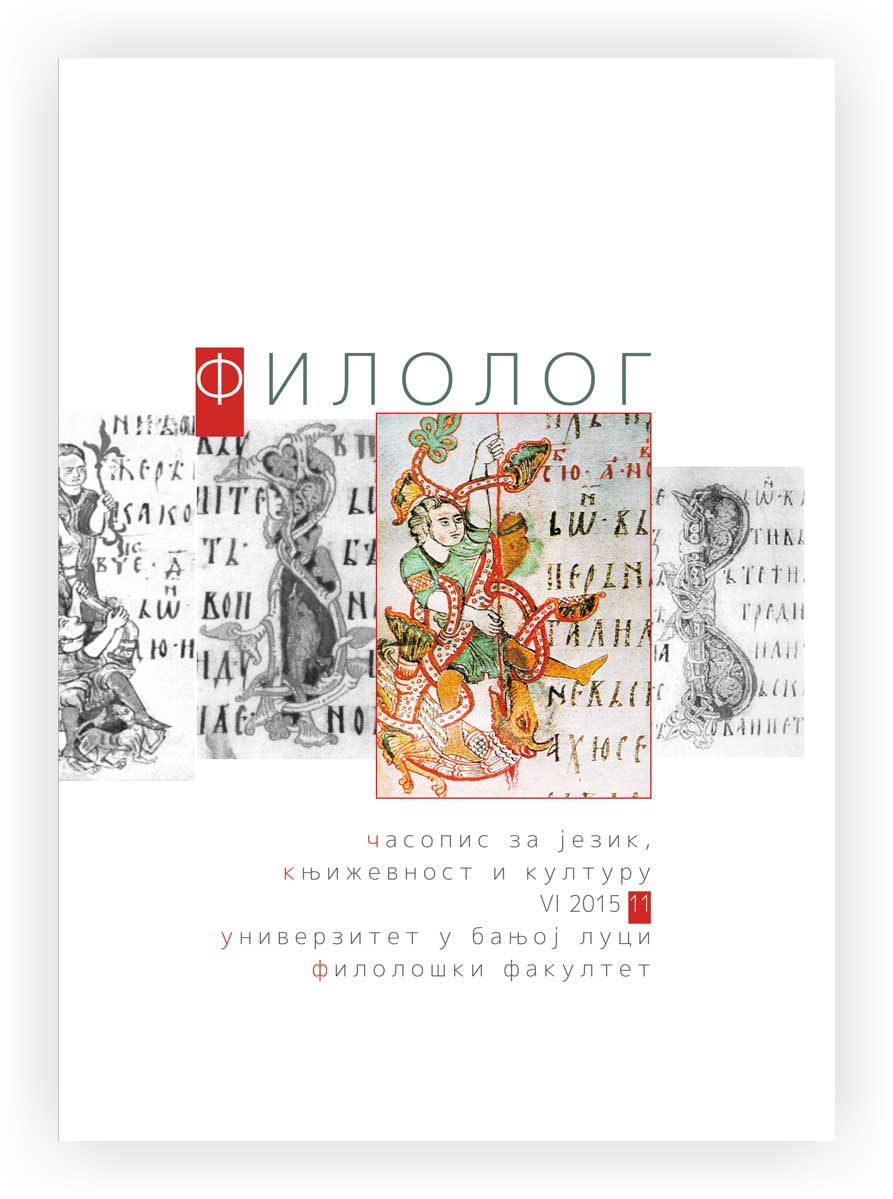“Wuthering Heights” and Emily Brontë: A Withdrawn Girl’s Turbulent Inner World
Abstract
This paper represents an attempt at finding bonds between Emily Brontë’s world and her only novel in order to depict the lasting intriguing quality of Wuthering Heights in the light of four dualities considered to be at the same time the causes and effects of certain fenomena and issues in the novel and in Emily Brontë’s life. Furthermore, the attempt is made at proving that precisely the sense of dual belonging leads towards the painful sense of not belonging anywhere at all. Emily Brontë’s specifi c way of neutralising this is also depicted. On the basis of Terry Eagleton’s and Winifred Gérin’s conclusions on the literary precocity of the Brontë sisters as one that enabled every piece of their writing to be characterised as a complete work of art, the topic of the paper is seen through the prism of the first two dualities: Emily Brontë as a child-writer and as an unusually well-educated lower middle class governess to be. The other two dualities concern Emily as a female writer in a strictly male world and her cosmopolite education interlaced with her strong sense of belonging to the local community. The concluding part of the paper reveals that all dualities merge into a unique feeling described by Svetozar Koljević in his evaluation of Emily Brontë’s life and work.Downloads
Published
2015-06-30
Issue
Section
Literature
License
Authors who publish with this journal agree to the following terms:
Authors retain copyright and grant the journal right of first publication with the work simultaneously licensed under a CC-BY-NC license that allows others to share the work with an acknowledgement of the work's authorship and initial publication in this journal.
Authors are able to enter into separate, additional contractual arrangements for the non-exclusive distribution of the journal's published version of the work (e.g., post it to an institutional repository or publish it in a book), with an acknowledgement of its initial publication in this journal.
